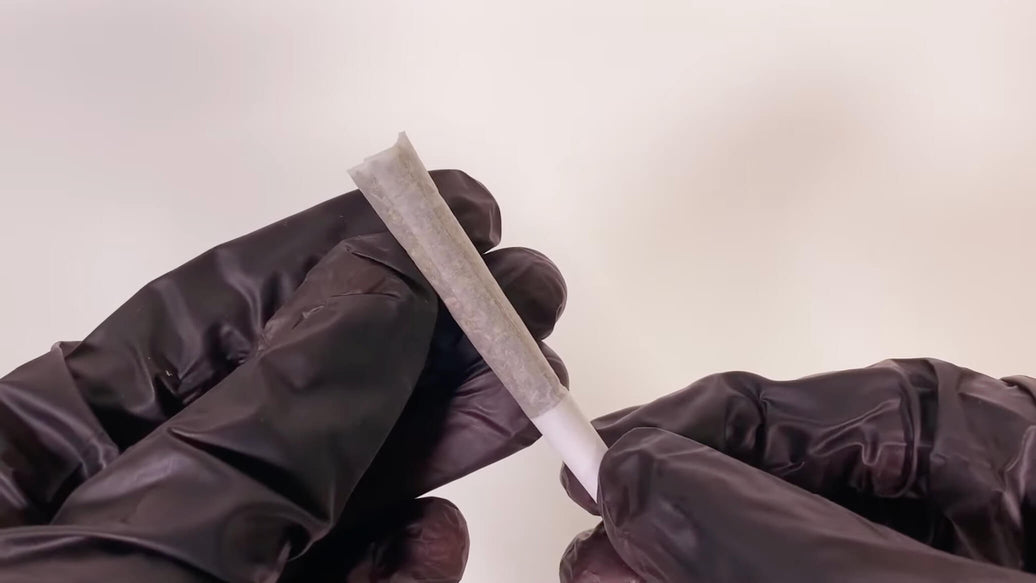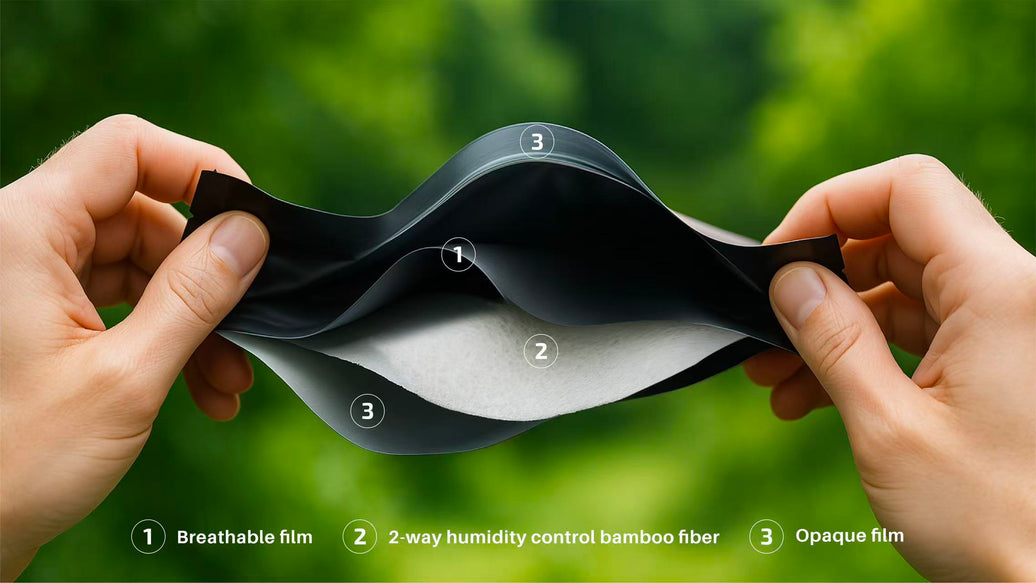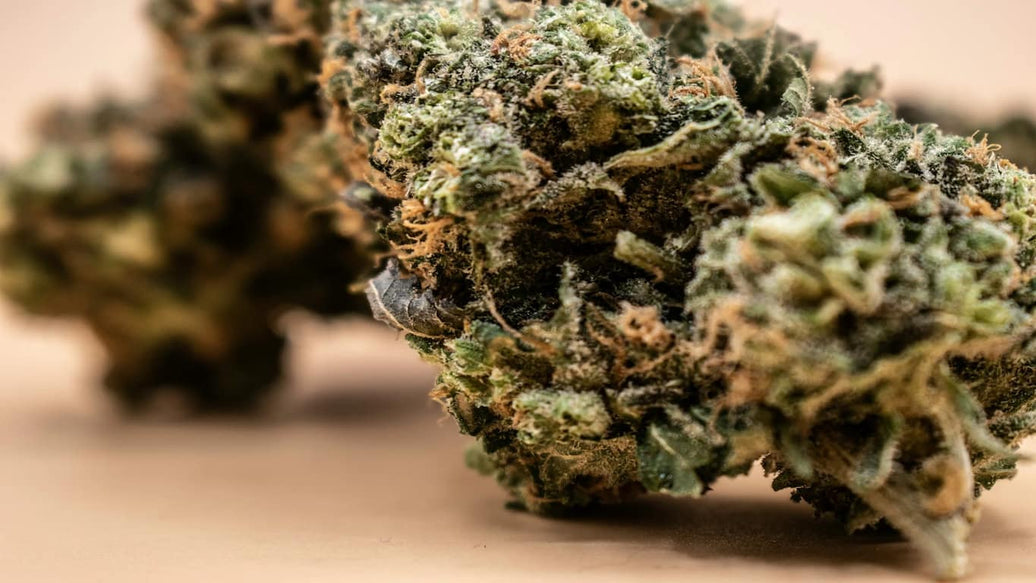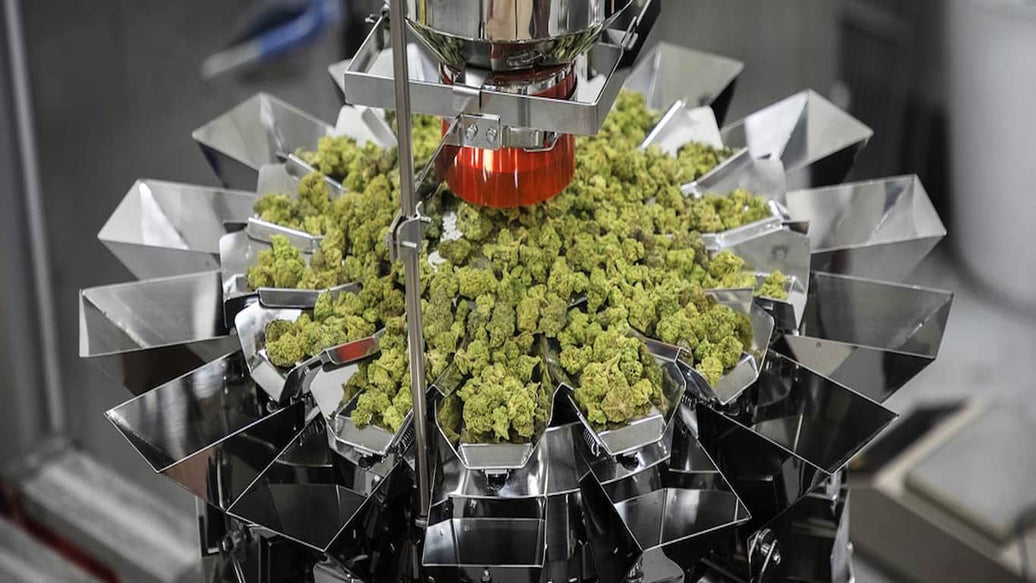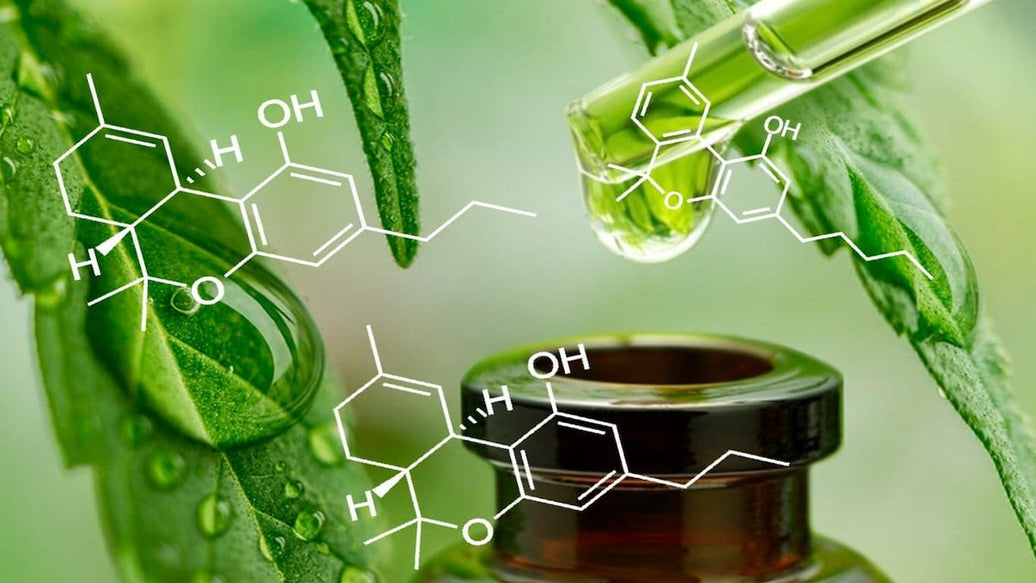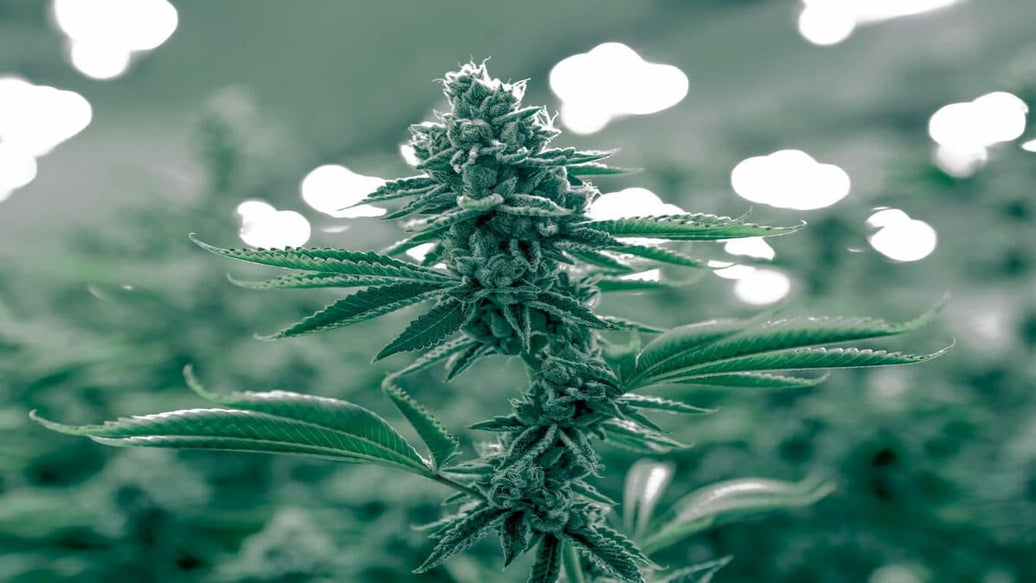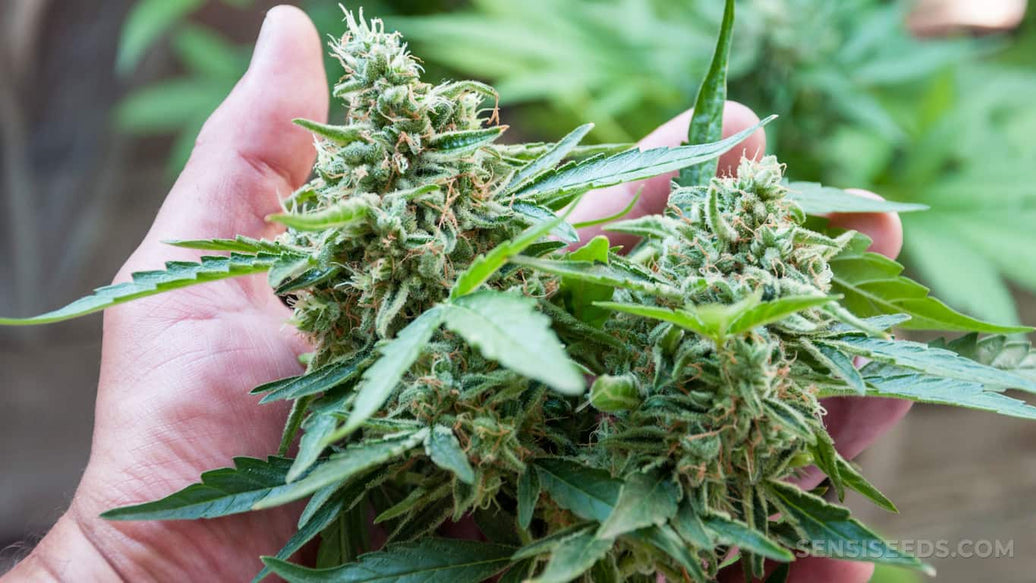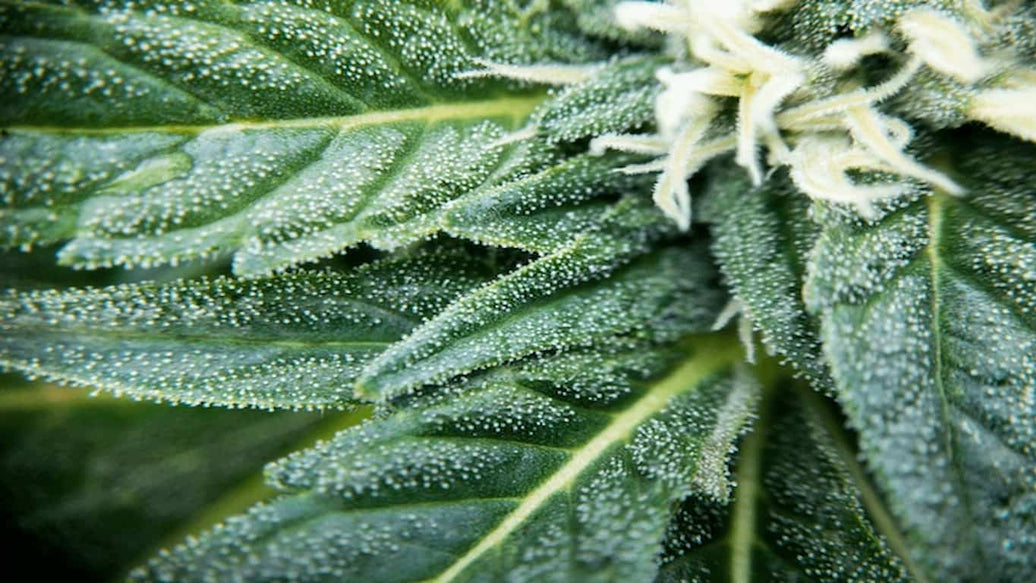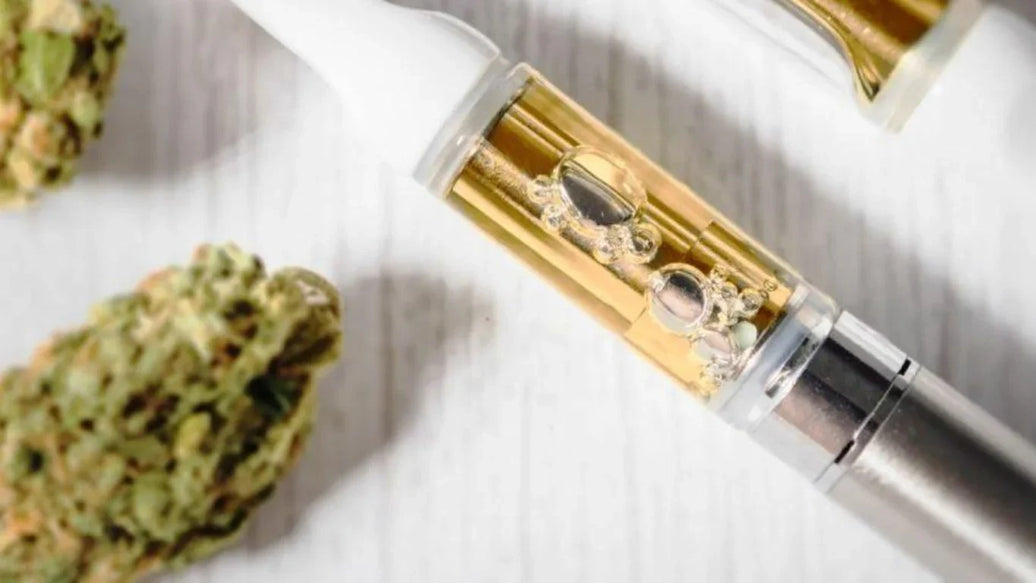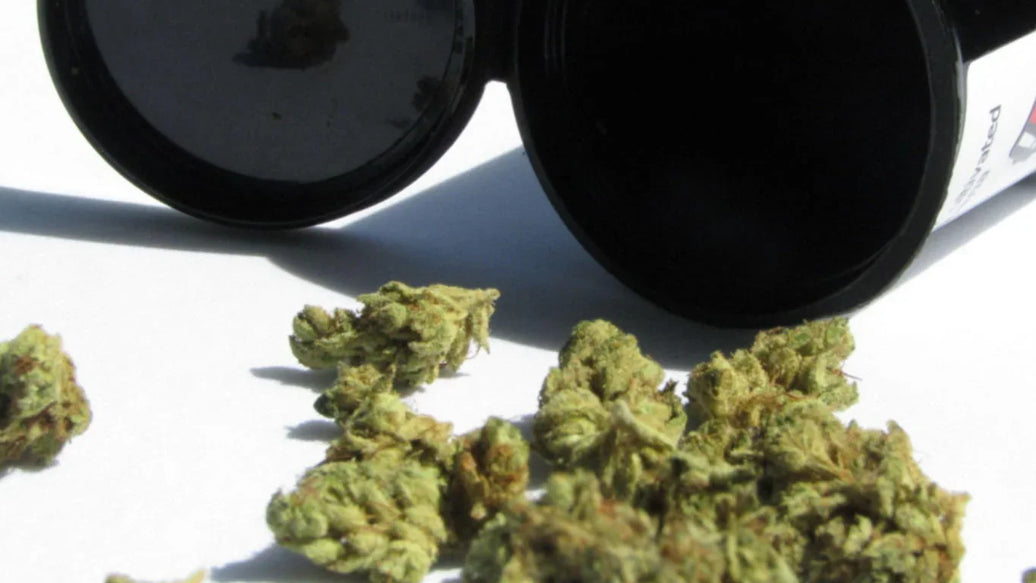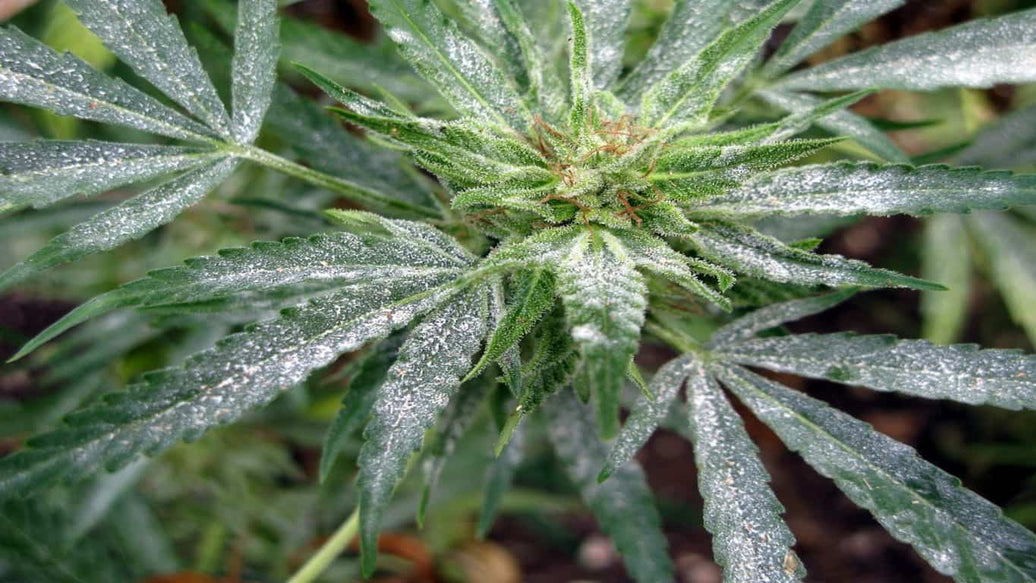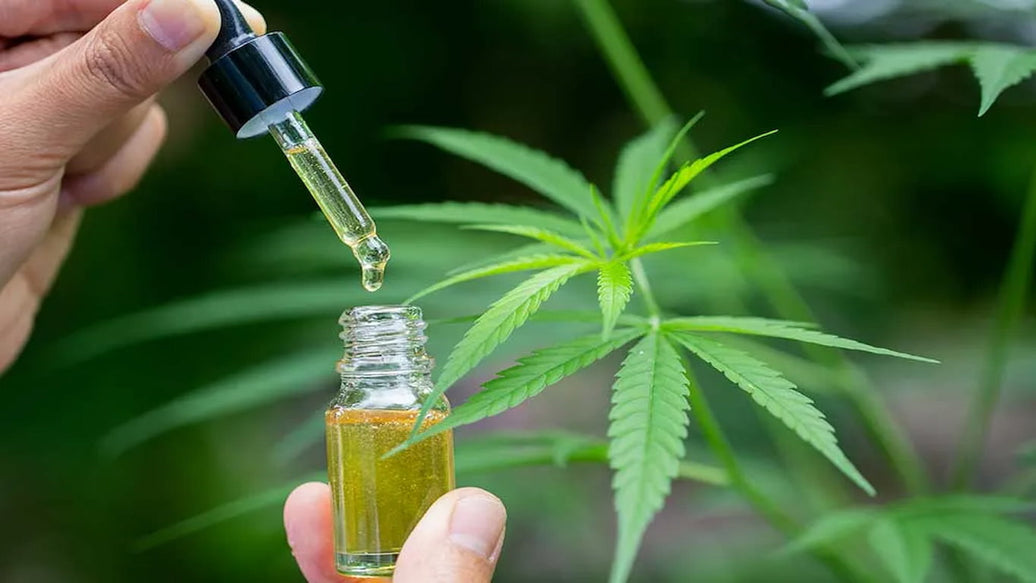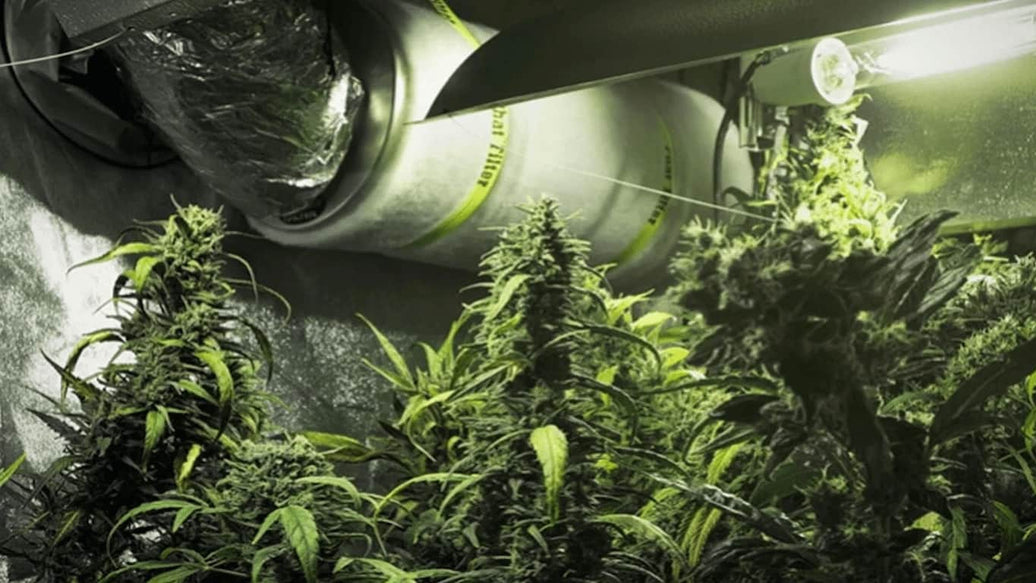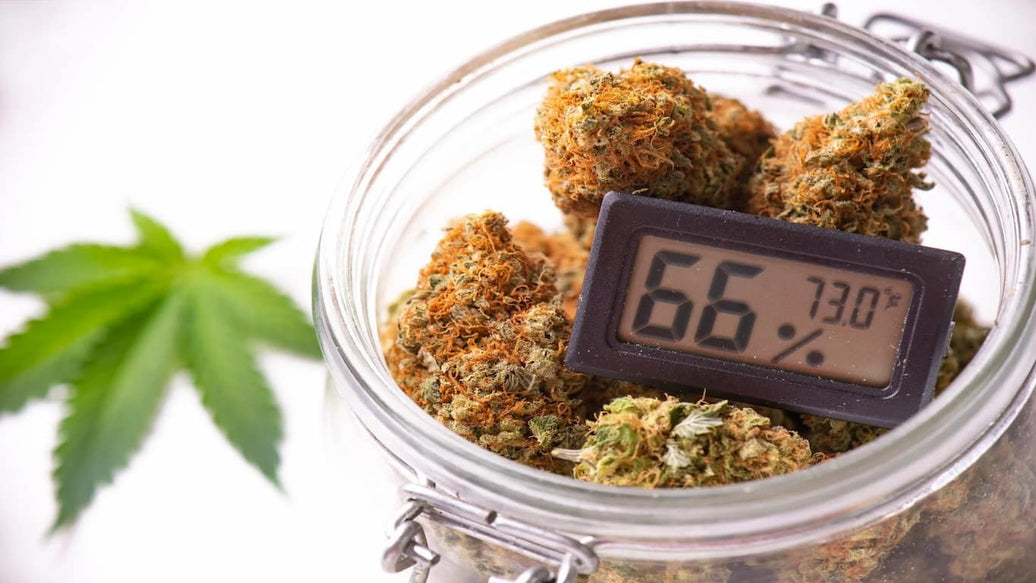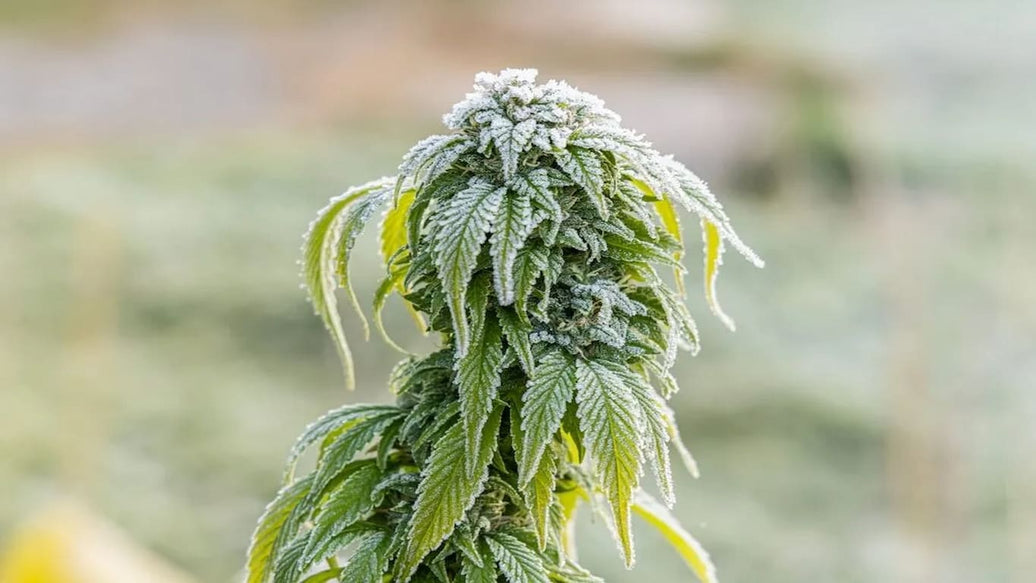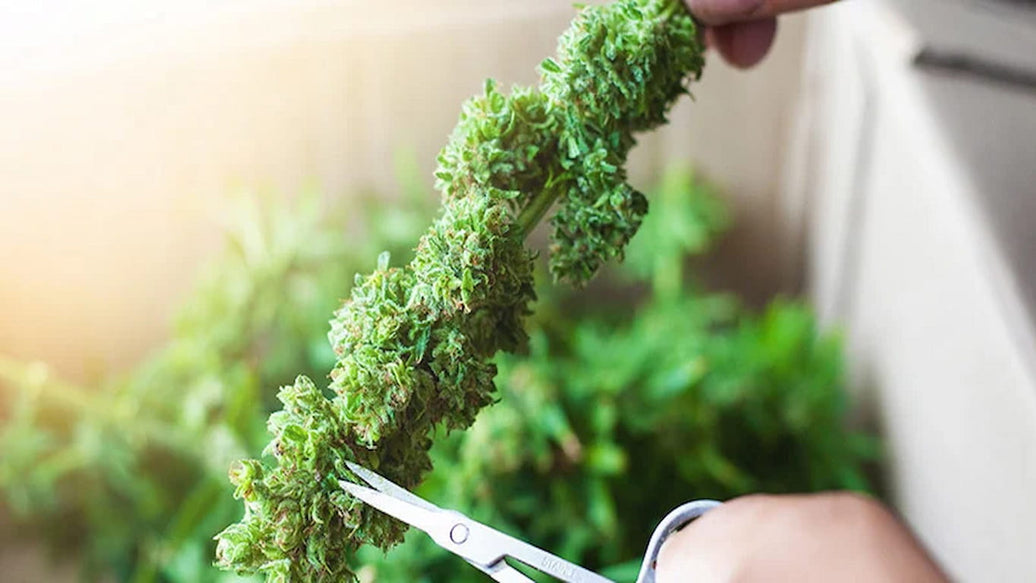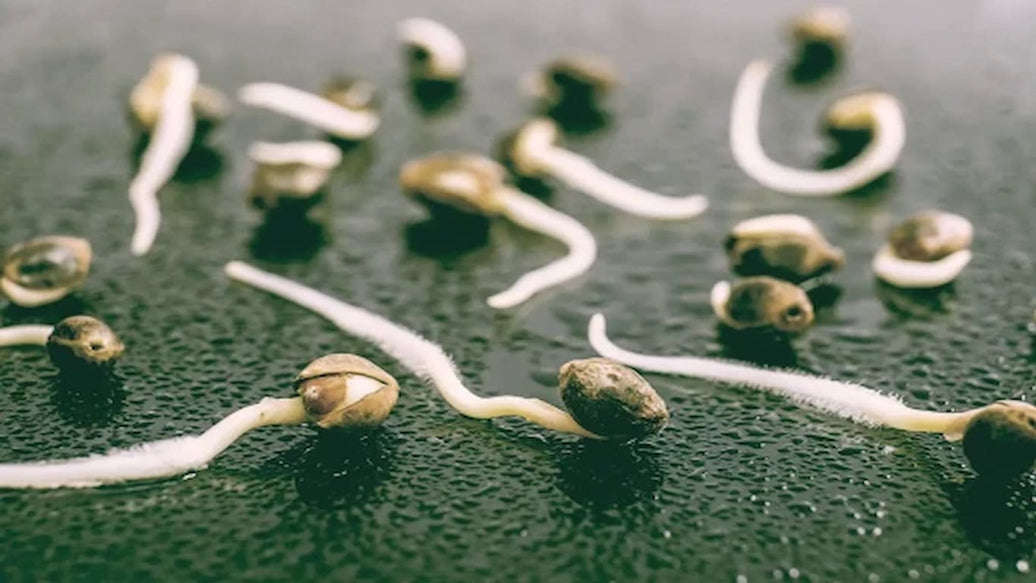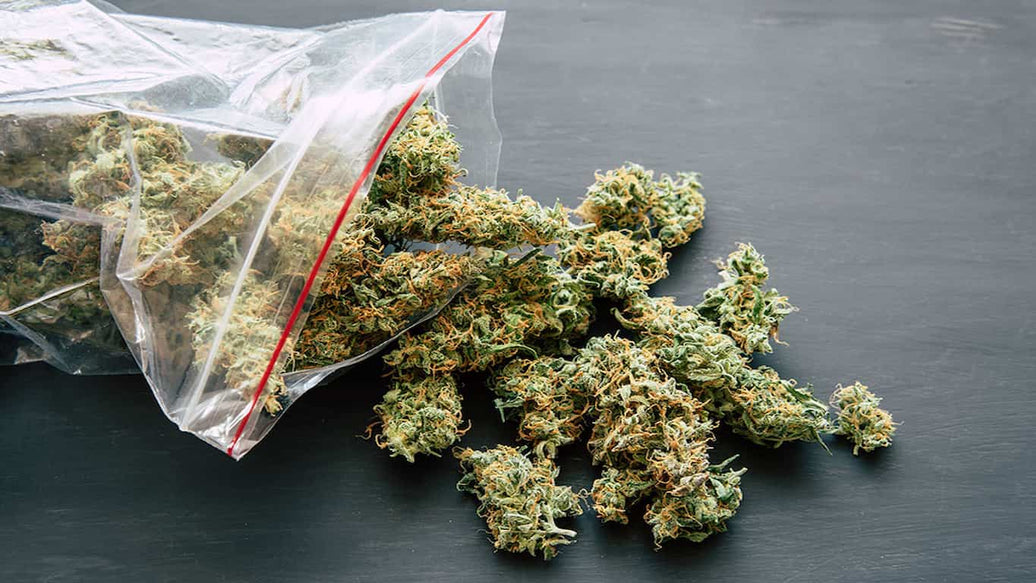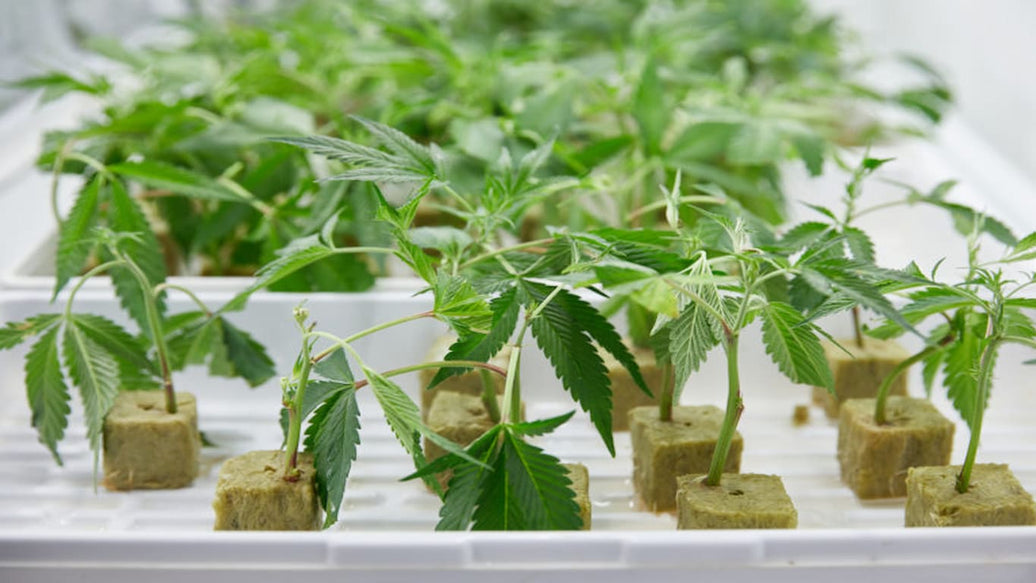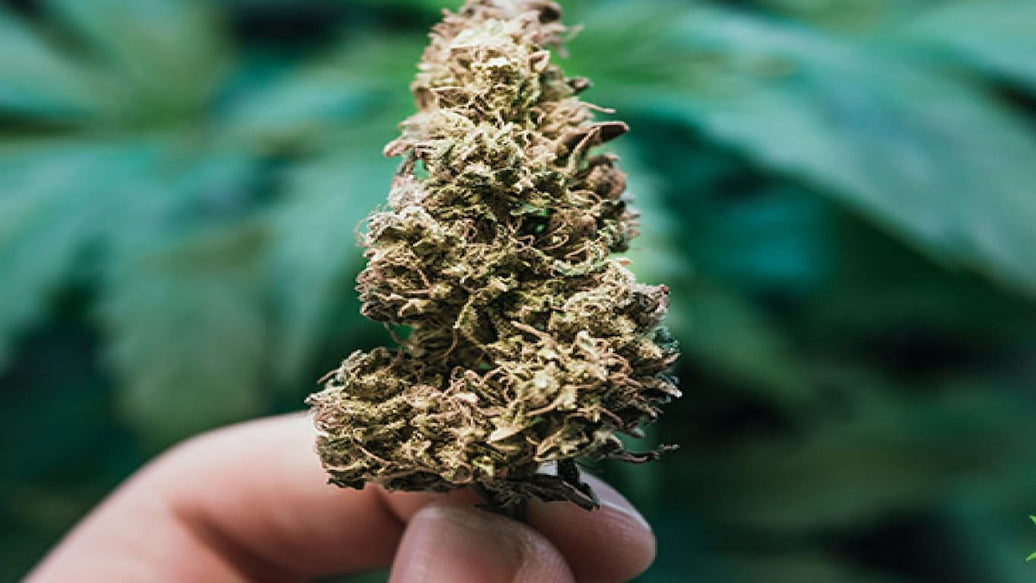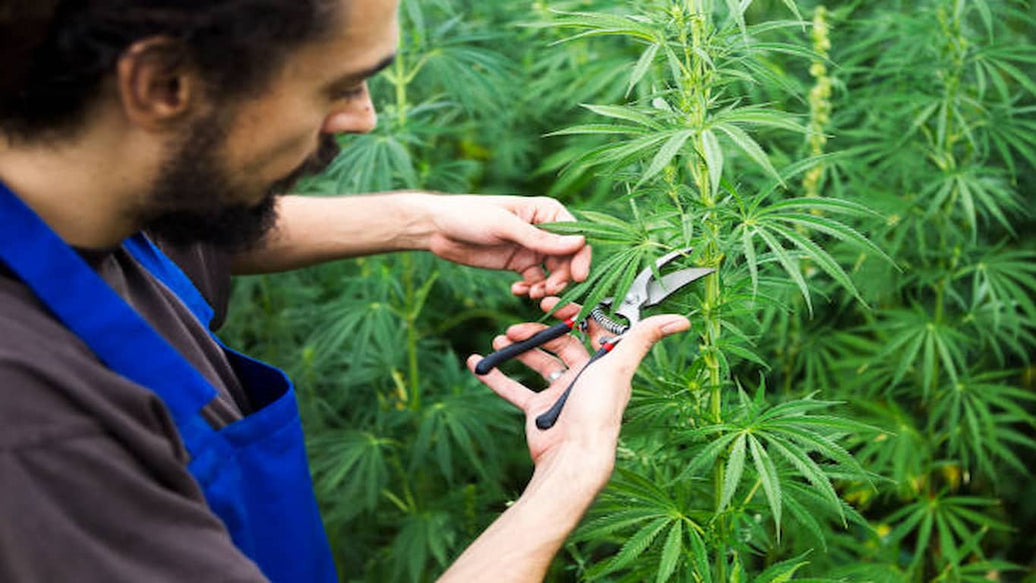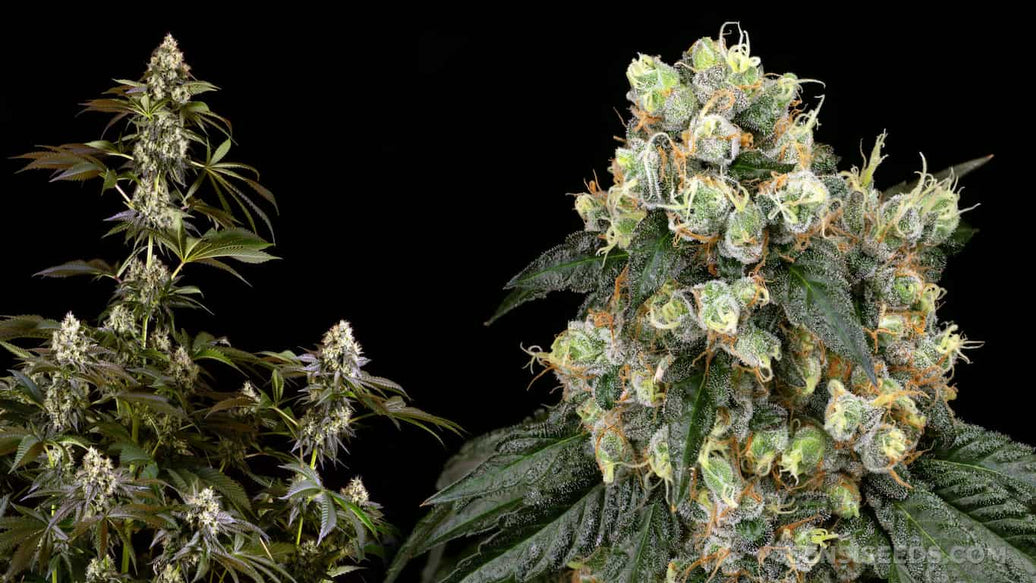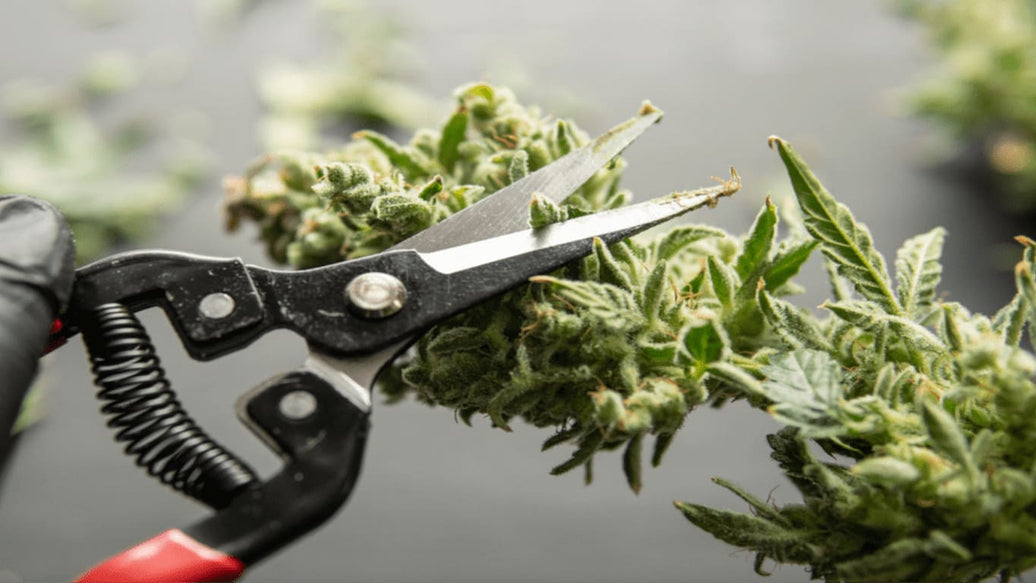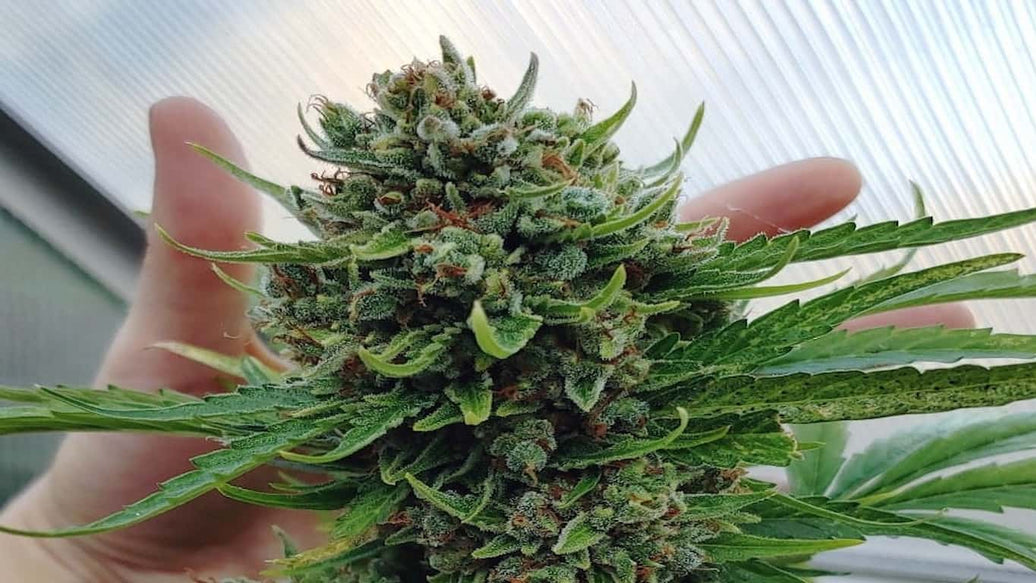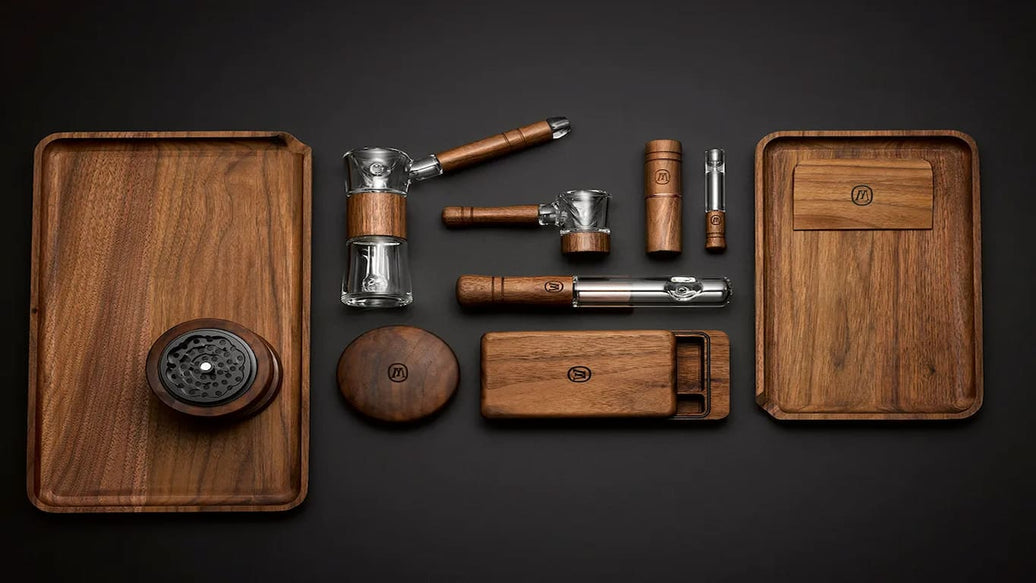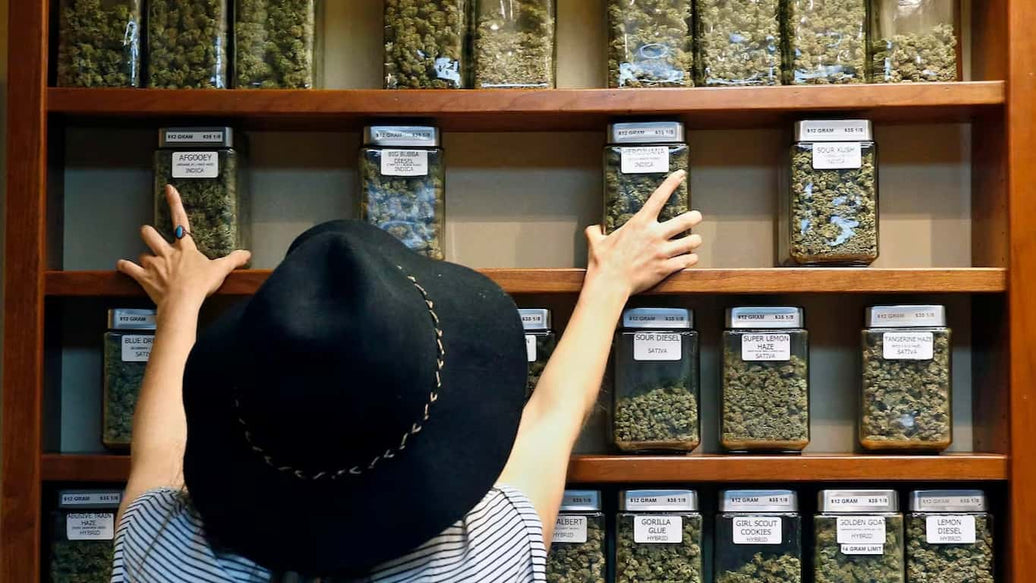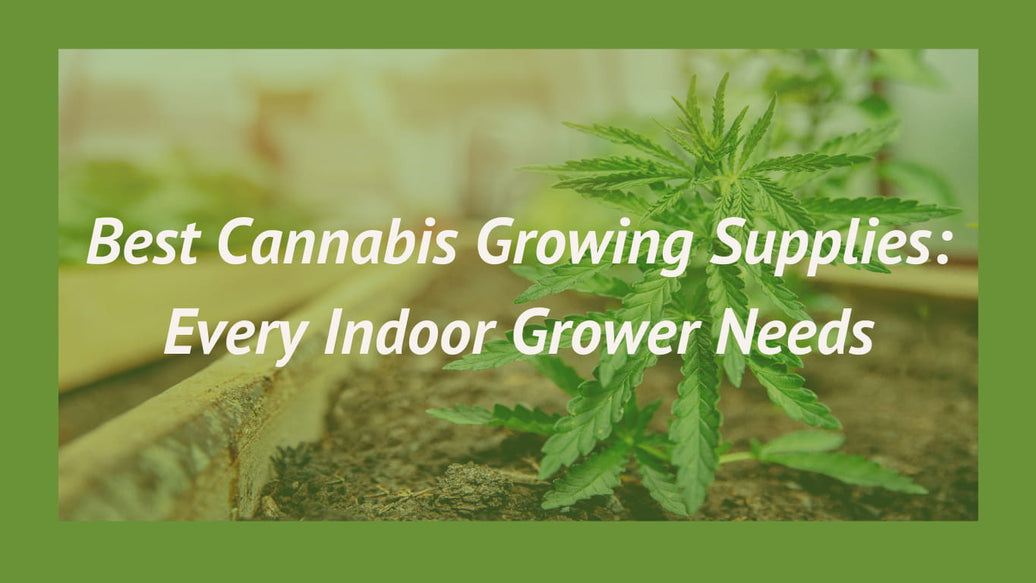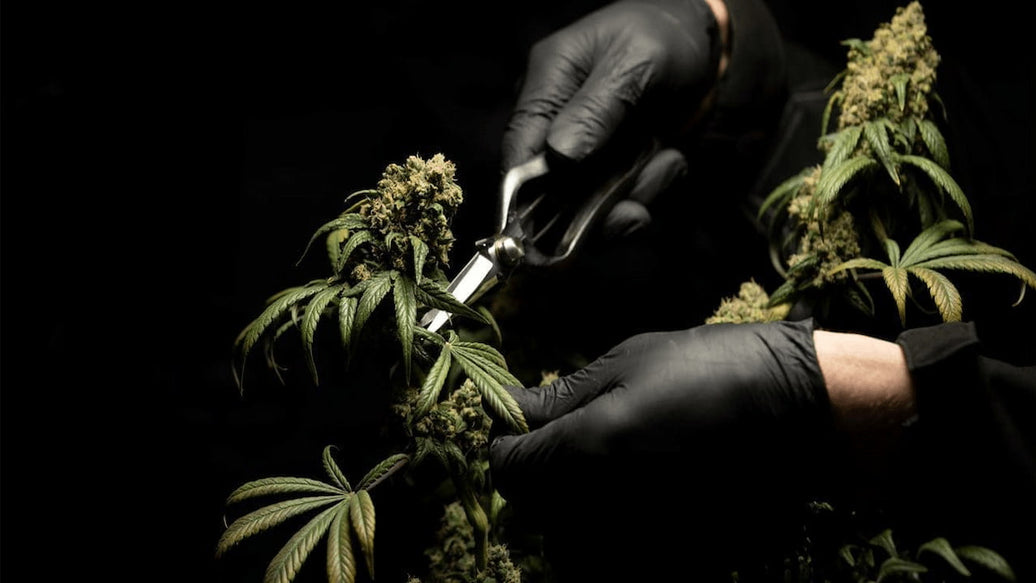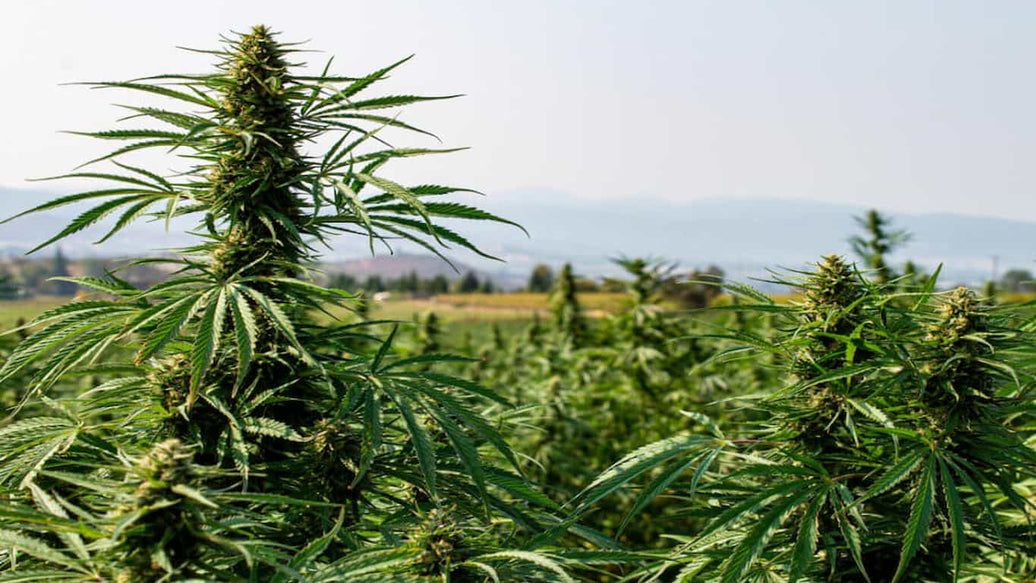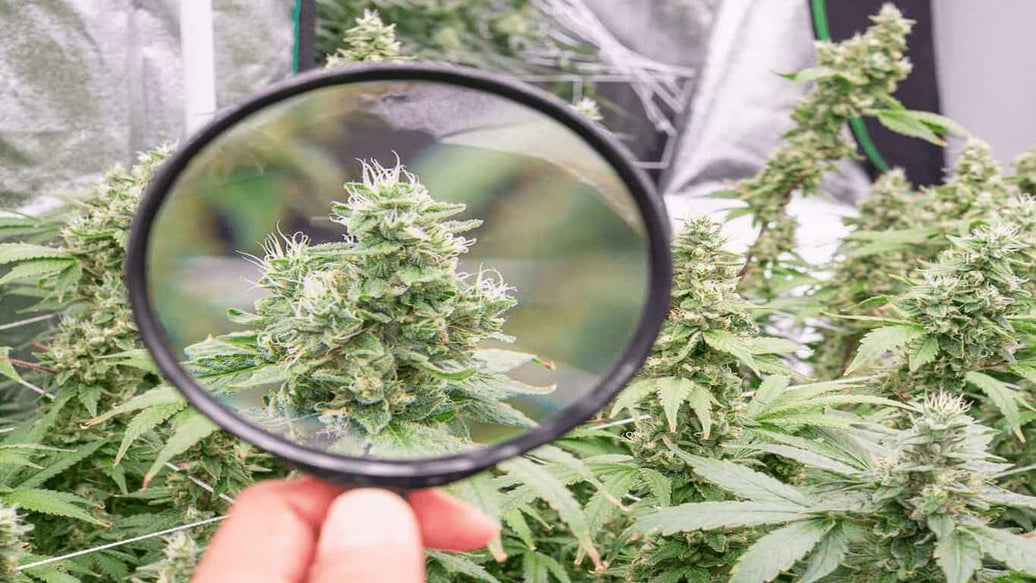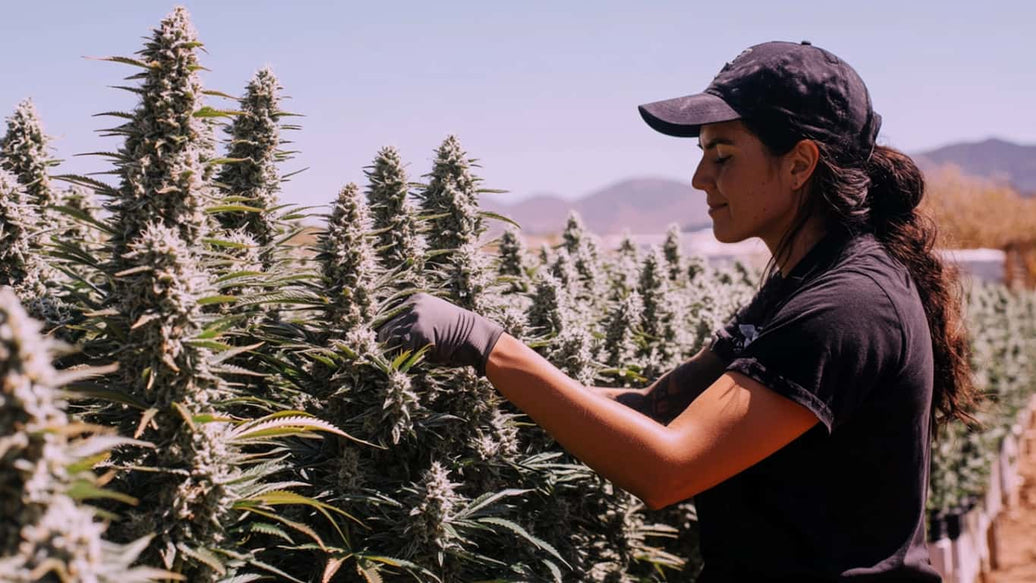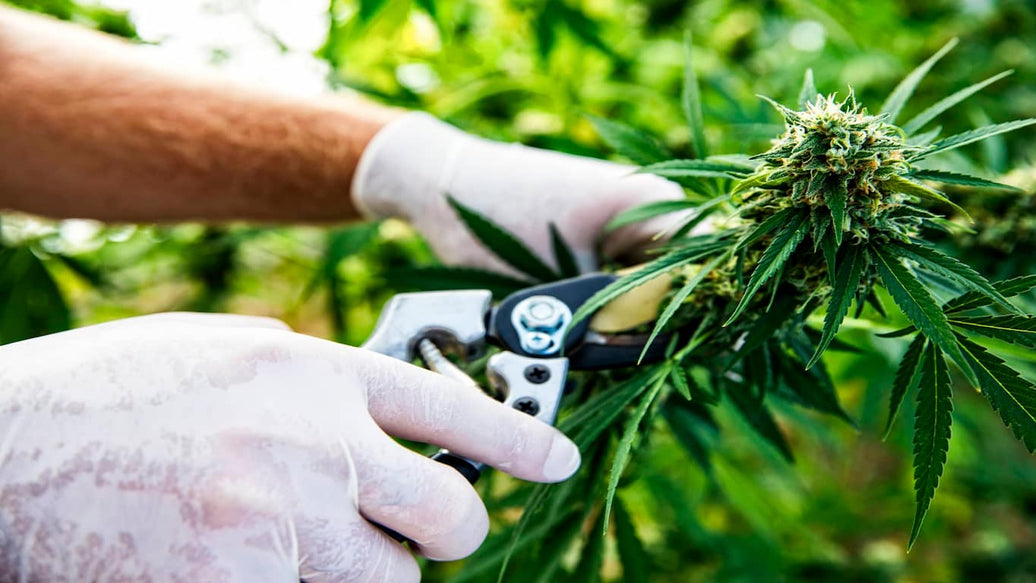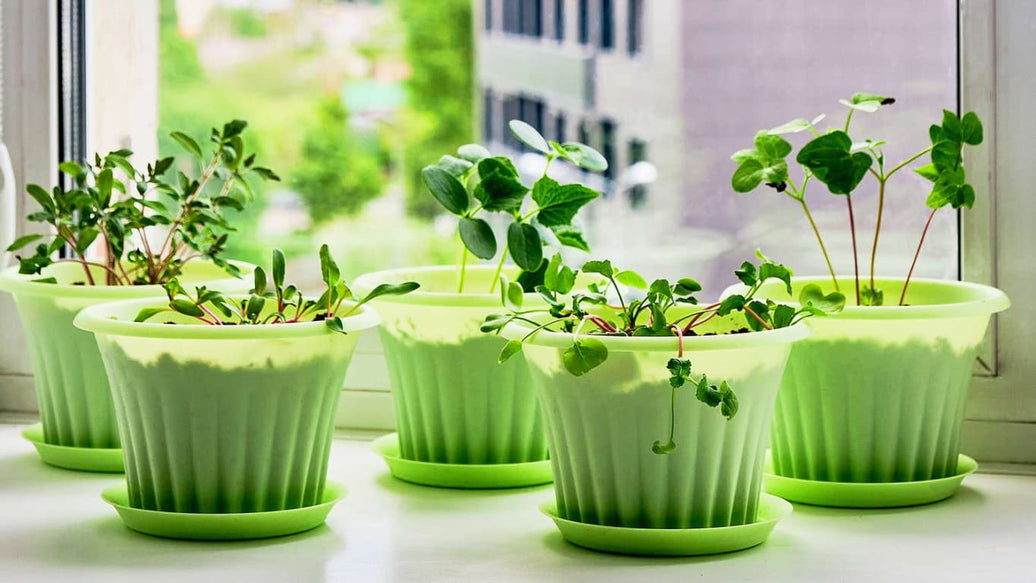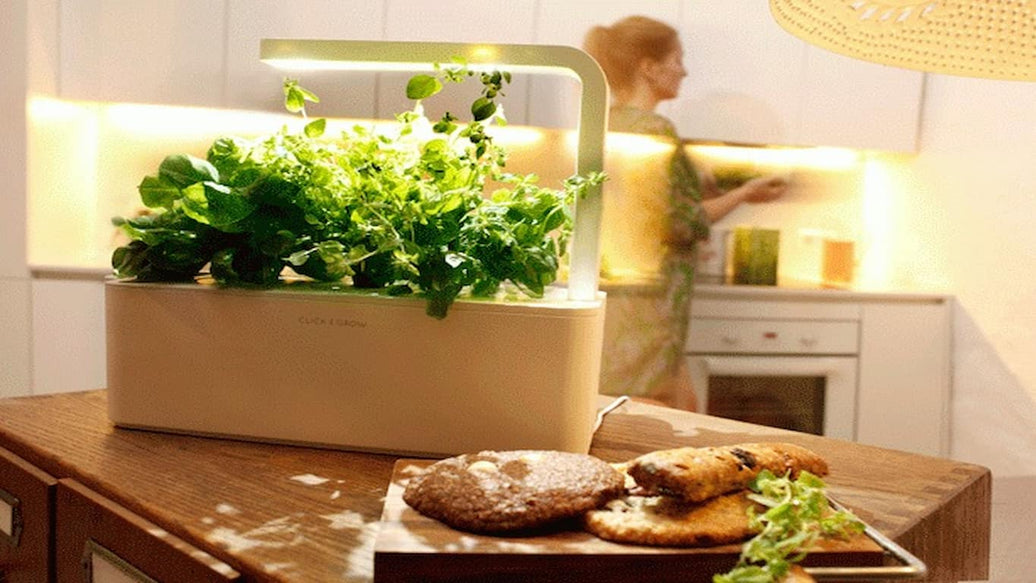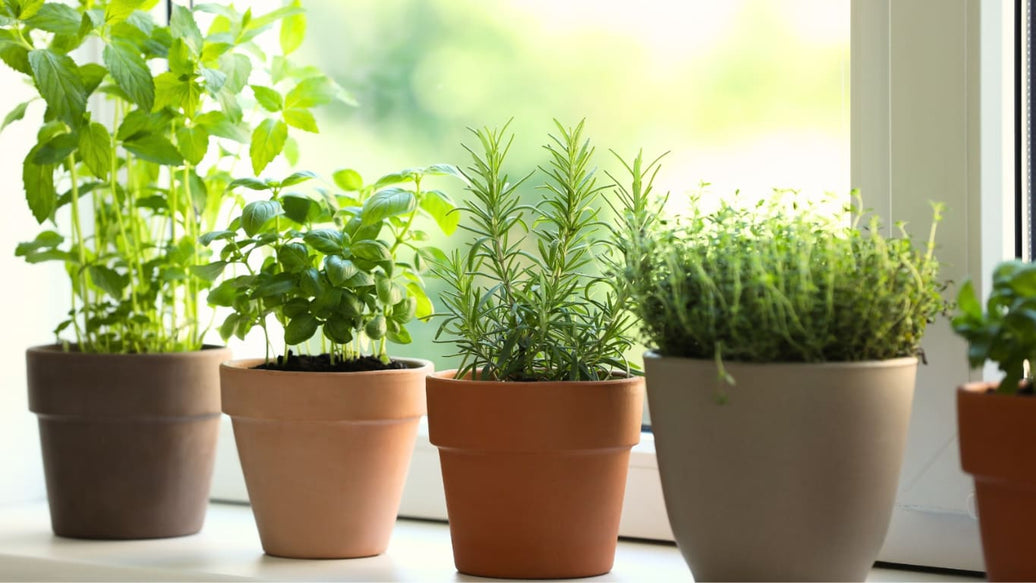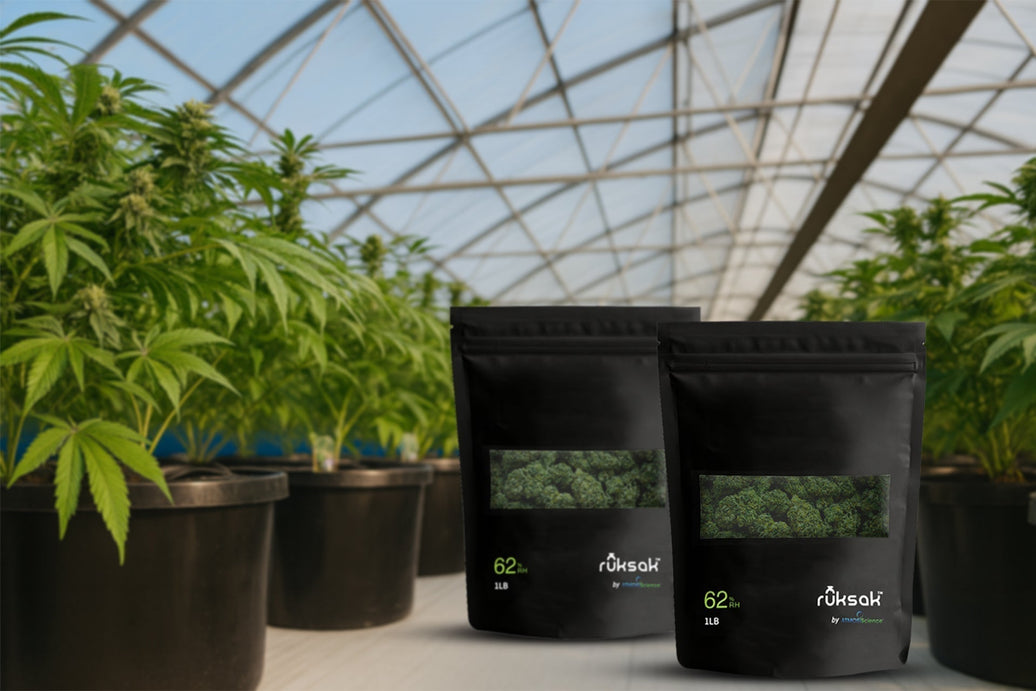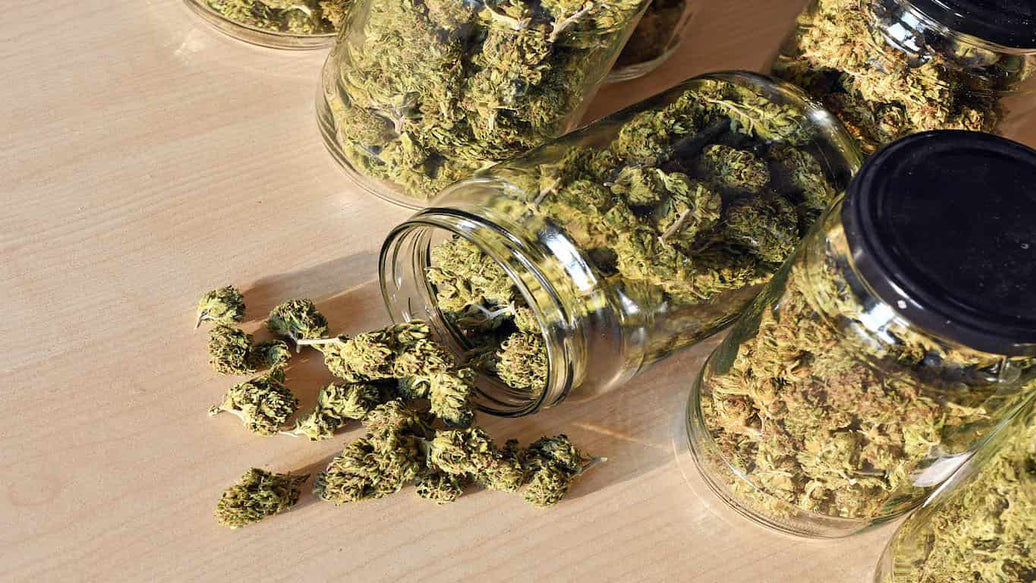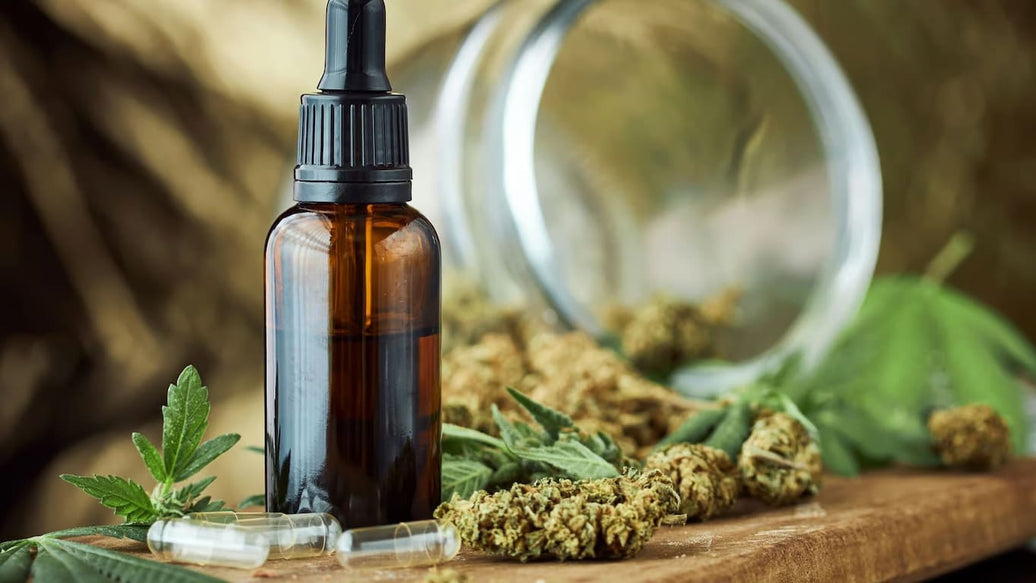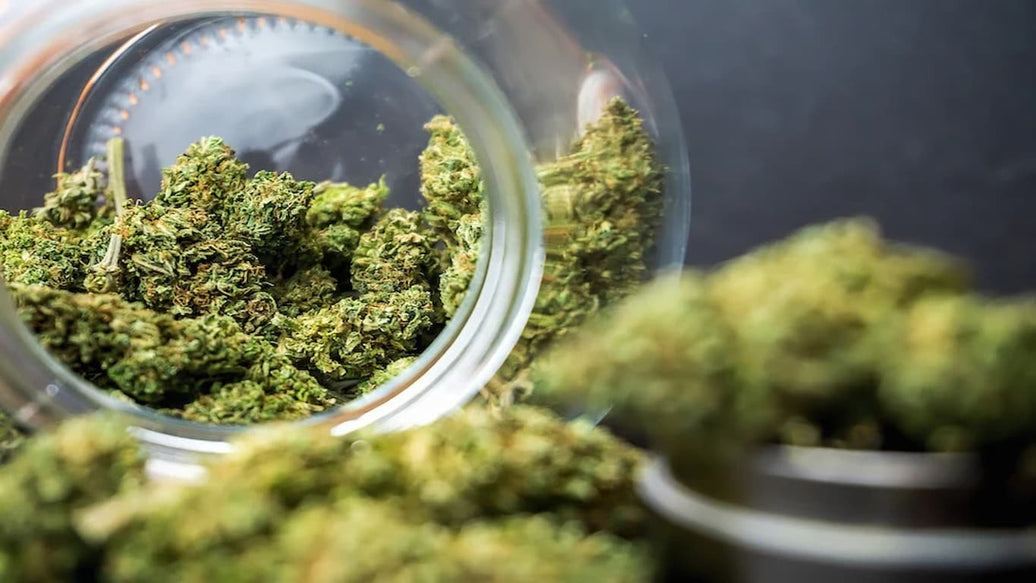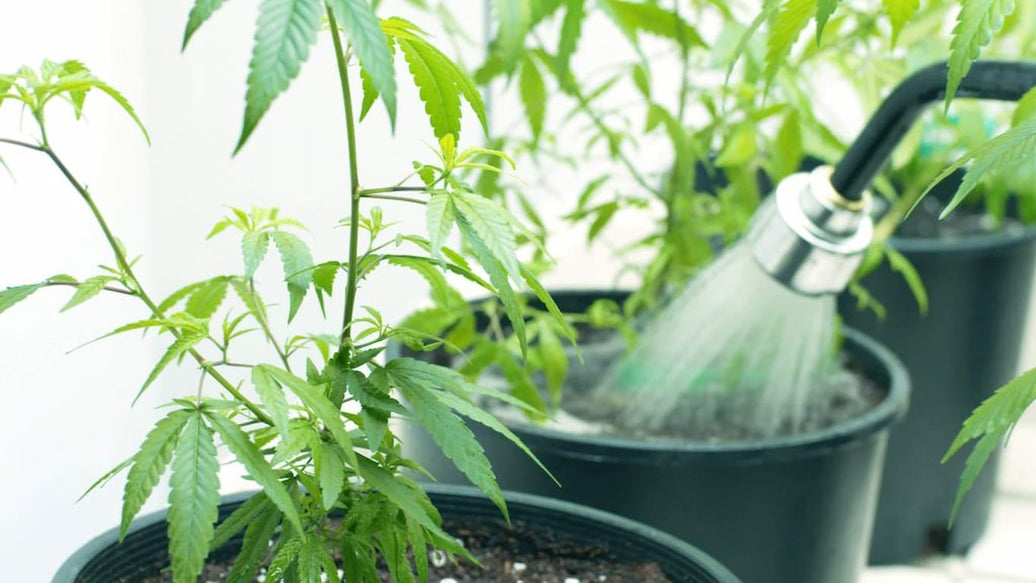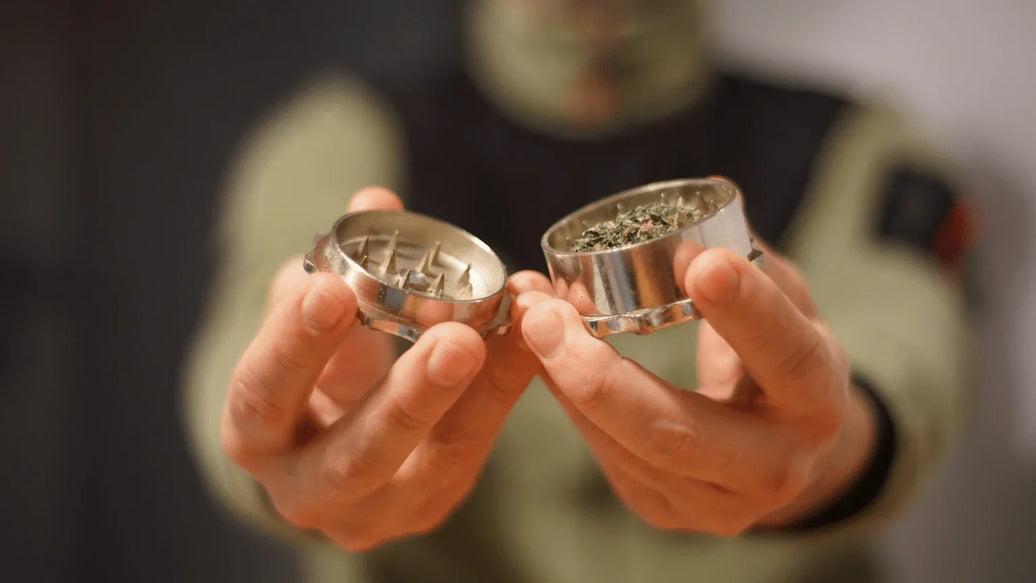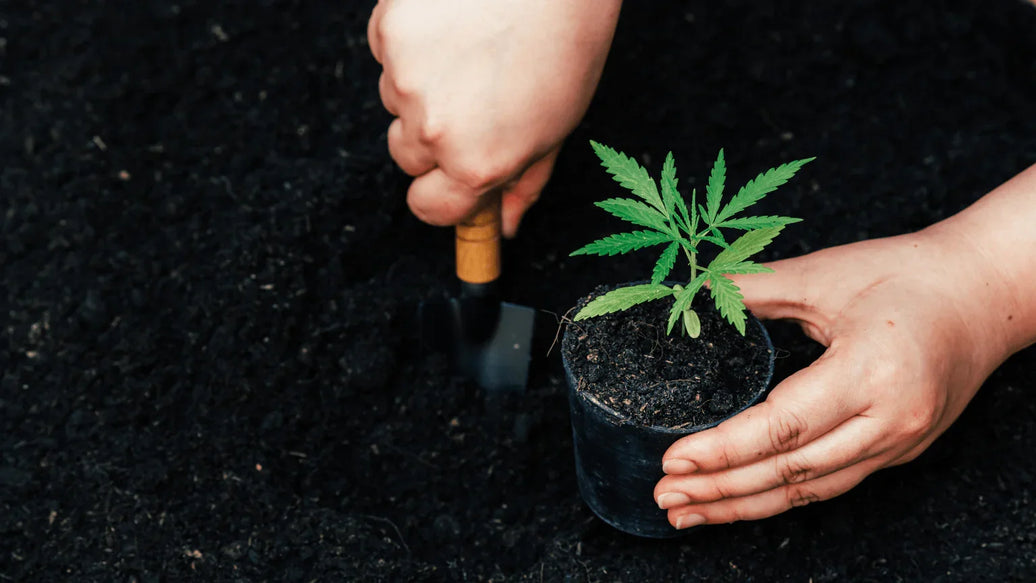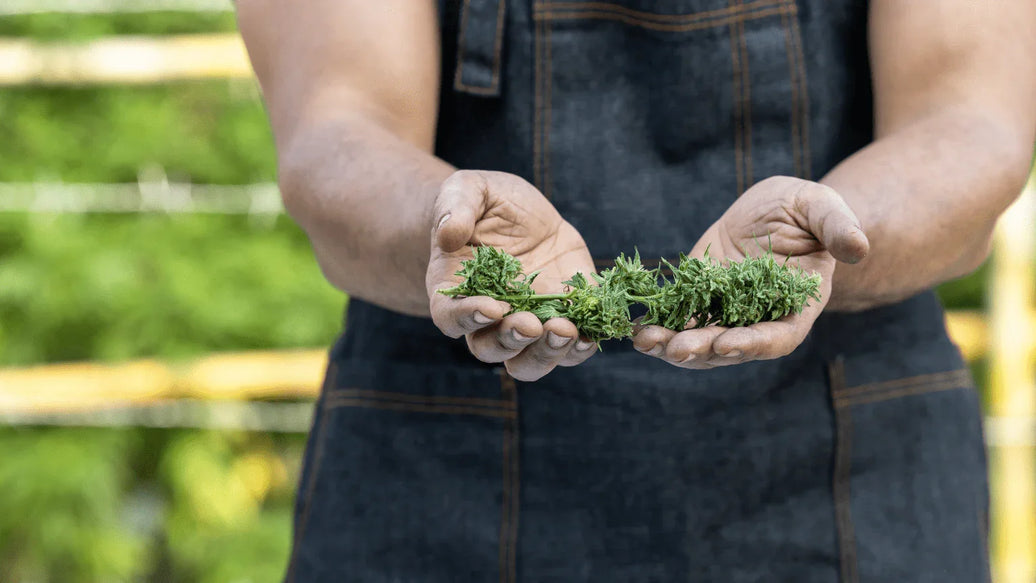With rising urban populations and increasing disruption of traditional agriculture by climate issues, the need for reliable food production has never been more pressing. Traditional farming faces limits such as land shortages, water inefficiency, and the carbon footprint of transporting fresh produce. As an alternative, indoor vegetable gardening or controlled-environment agriculture (CEA) permits cultivation indoors, independent of season or weather, yielding high-quality crops reliably.
This article covers the fundamental science and applied technologies behind successful indoor veggie garden systems. Topics include soilless growth methods, tailored lighting, vertical solutions, and nutrient management built on journal-backed studies. Throughout, readers will find links to AtmosisScience’s knowledge hubs and product lines.

Fundamentals of controlled-environment agriculture (CEA)
CEA refers to growing crops inside enclosed systems that tightly regulate environmental variables for optimal growth. This approach vastly improves yield compared to traditional methods.
Types of systems
- Hydroponics: Plant roots are suspended in nutrient-rich water instead of soil, allowing rapid nutrient absorption and development.
- Aeroponics: Roots hang in air and are intermittently misted with nutrient solution, maximizing oxygen exposure and speeding growth.
- Aquaponics: Combines fish cultivation with hydroponics; fish waste is converted biologically into nutrients for plants, creating an integrated ecosystem.
- Soilless media: Substitutes soil with inert substrates like coco coir or rockwool that support roots while delivering nutrients.
Environmental parameters
Key factors controlled inside CEA units include:
- Temperature (typically 20–25 °C for most greens)
- Humidity (ideal range 50–70%)
- CO₂ levels (raising to 800–1,200 ppm boosts photosynthesis)
- Air flow, which prevents fungal growth and heat spots
Efficiency gains
CEA can reduce water usage by as much as 95% relative to field agriculture, thanks to closed irrigation loops and decreased evaporation. Vertical farms multiply output per surface area, achieving land-use efficiency ratios up to 60 times that of traditional methods.

Soilless growing methods
The core to productive indoor veggie gardens lies in selecting a soilless system suited to space, crop type, and budget.
Hydroponic systems
- Nutrient film technique (NFT): Shallow channels carry a thin stream of nutrient solution by the roots, offering excellent oxygenation and nutrient uptake, ideal for leafy greens like lettuce and spinach.
- Deep water culture (DWC): Plants float with roots submerged in oxygenated reservoirs, supporting fast growth and high yields with simpler systems.
- Drip and ebb & flow: Nutrient solution is pumped intermittently to pots, balancing moisture and oxygen for larger fruiting plants such as tomatoes and peppers.
In academic comparisons, NFT-grown lettuce showed up to 15% more leaf coverage and 10% greater biomass than those grown in DWC, although DWC required less energy for oxygenation.
Aeroponics and aquaponics
- Aeroponics: Delivers nutrients through fine mist, accelerating growth but necessitating maintenance of spray nozzles and pumps.
- Aquaponics: Combines hydroponics with a fishery component, converting fish waste into plant nutrients, promoting biodiversity and efficient resource cycling.
Growth media
Media such as rockwool, perlite, and coco coir offer different water retention and aeration levels. Perlite provides excellent drainage but dries quickly, while coco coir balances water retention and aeration.
Light spectrum, intensity, and duration

Light is fundamental for photosynthesis, and LEDs enable growers to customize wavelengths and timing fine-tuned to plant needs.
LED light quality
- Red wavelengths (600–700 nm): Stimulate stem growth and flowering, essential for fruiting plants.
- Blue wavelengths (400–500 nm): Encourage stout growth, stomatal function, and chlorophyll synthesis, crucial for leaf development.
- Advanced spectra: Far-red and UV-B light can enhance flowering and boost healthful phytochemicals like antioxidants.
Research on wavelength ratios
Studies indicate lettuce grown under a red-to-white LED ratio of 1:7 has the largest leaf expansion, whereas 2:3 ratio quickens flowering but results in smaller leaves, highlighting the necessity of matching light spectra to crop goals.
Optimal photoperiods
For leafy vegetables, 12 to 16 hours of light daily is standard, with shorter light durations used to trigger flowering phases in fruiting plants while optimizing energy use.
Vertical farming for space efficiency

Vertical farming stacks plants upwards, greatly increasing production per square meter without horizontal expansion.
Multi-tier racks
LED-lit shelves allow multiple crop layers, with some commercial operators producing tons of salad greens in warehouse spaces per week.
Cost and environmental analysis
Though set-up and energy costs are high, local production cuts transportation emissions and waste, supporting sustainability and freshness.
Best candidates for vertical systems
Quick-growing, compact crops like microgreens, herbs, and dwarf varieties of tomatoes and peppers perform well in vertical farms.
Nutrient solutions and plant development

Nutrient solution management is critical for healthy growth, development, and flavor.
Macronutrient requirements
Nitrogen supports leaf growth; optimal concentrations for greens range from 200 to 250 ppm.
- Phosphorus is key for root and flower development.
- Potassium aids water regulation and stress resistance.
Fruiting species require shifting ratios during flowering to boost fruit production.
Temperature at root zone
Maintaining nutrient solution temperatures around 18–22 °C prevents stress. Cooler root zones enhance calcium absorption, reducing disorders like blossom-end rot.
Enhancing nutritional quality
Light and nutrient interaction affects secondary metabolites. Blue light enhances anthocyanins; UV-B boosts flavonoids and antioxidants, improving flavor and health benefits.
Managing diseases, pests, and postharvest

Indoor cultivation helps reduce pest and disease issues by isolating plants from outdoor contamination.
Pathogen control
Sanitized surfaces, filtered incoming air, and UV-C sterilization minimize fungal and bacterial infections.
Integrated pest management (IPM)
Natural predators such as parasitic wasps and pheromone traps help control any outbreaks without chemicals.
Extending shelf life
Postharvest humidity and temperature control keep leafy vegetables fresh for up to three weeks, compared to about one week for field-grown produce.
Design and equipment recommendations
Creating an efficient indoor veggie garden involves selecting quality components and reliable systems.
Necessary equipment
- Pumps and reservoirs sized for continuous nutrient flow
- Food-safe tubing and emitters
- Automated controllers for pH, EC, temperature, humidity, and CO₂
- Full-spectrum LED grow lights with customizable channels

Closing thoughts
Science-backed indoor vegetable gardening is an effective means to produce fresh, nutritious food year-round in urban and small-space settings. Using hydroponics, targeted lighting, and vertical farming, growers can achieve impressive yields with optimal resource use. As technology advances, indoor veggie gardens will become increasingly accessible, helping communities enhance food security and nutrition.
Begin your sustainable farming journey - explore ATMOSIScience’s resources and products designed to support every stage of your indoor vegetable garden.


